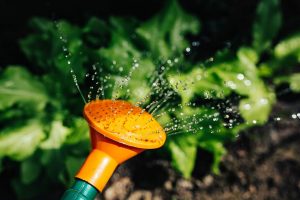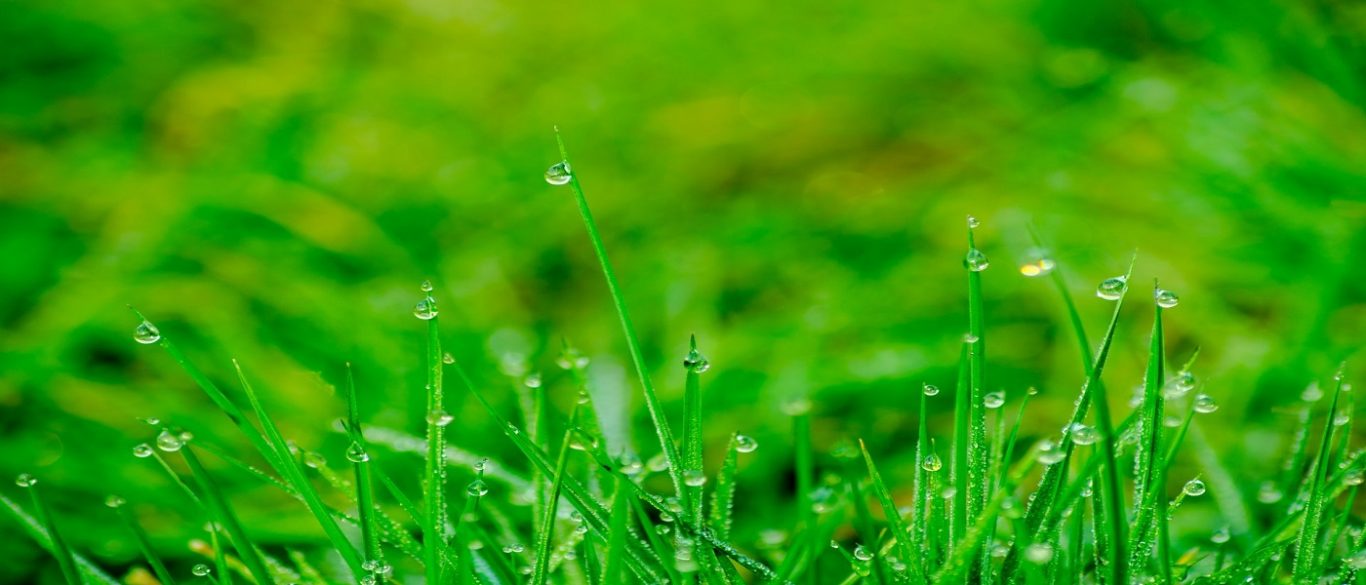Watering plants and flowers, taking care of a garden … summer arrives and little by little the temperatures are rising. This often leads us to overwater, ending up damaging the plants and also wasting a lot of water.
Let’s start from the beginning and talk about the general rules for watering correctly :
 Always try to maintain a uniform humidity throughout the plant; otherwise root growth is favored.
Always try to maintain a uniform humidity throughout the plant; otherwise root growth is favored.- Each plant can have a different watering frequency , try to respect it and act according to the season and the soil.
- Rainwater is the most convenient for plants, as it is free of lime and chlorine. An advice? Fill the shower and let the water sit for a few hours so that harmful substances can evaporate.
- Water less often but with more water.
- Water early or late in the day . It is good to water with “cold” soil because that way the water is absorbed without it evaporating from the heat.
- Do not wet the leaves during watering because the heat of the sun can cause staining and if it is cold at night, it could create mold.
- The earth takes time to absorb the water. It is better not to throw it suddenly in the same place so as not to waste. Also remember to always water the whole plant and not just part of it.
- Also check that the soil has good drainage . Otherwise, the water can remain stagnant, the air cannot enter the plant and it can rot.
- Do not water with cold or hot water so as not to cause the plants a thermal shock.
With that said, let’s try to answer a few questions and give you some tips for watering your garden .
Is it better to water by hand or with the help of some system?
Without a doubt, it is better to use an automatic, drip and / or sprinkler irrigation system . They are the most effective and efficient solution for water consumption.
 It is very useful to have a rain sensor applied to the automatic irrigation system to avoid watering when it has rained.
It is very useful to have a rain sensor applied to the automatic irrigation system to avoid watering when it has rained.
There are also some with environmental humidity sensors so that the necessary amount of water can be accurately determined.
Drip Irrigation
This irrigation system consists of the distribution of drops of water that moisten the area near the plant.
It is a very effective system because it is not affected by the wind and the water falls right where most of the roots are concentrated.
Thanks to a drip irrigation system you will get:
- Saving water: It is a very economical system, valid in small and medium-sized land.
- Comfort: It is an automated system and therefore we will not have to do anything.
- Uniformity and constancy of irrigation: The water always falling in the same way will carry out a uniform and regular irrigation.
Sprinkler Irrigation
Sprinkler irrigation is an irrigation method by which the water reaches the plants in the form of small drops as if it were rain, achieving a uniform and regular irrigation.
The advantages that sprinkler irrigation can bring are the following:
- It can be used easily on hilly terrain.
- It is possible to dose the water with good precision.
- The plant is not damaged since the pressure of the water and / or an excessive concentration of it is eliminated.
- As its distribution is homogeneous, the water is distributed evenly over the entire desired area.
Sprinkler Irrigation Or Drip Irrigation?
Both systems are effective and useful according to each requirement, the size of the land, the budget and time.
The drip irrigation seems to have more advantages in areas of small and medium size but is more expensive for large areas.
In addition, it has a lower energy consumption compared to sprinkling because it works with less pressure.
The sprinkler is optimal for large surface areas and uneven because the water falls in spray form, covering large surfaces evenly.




